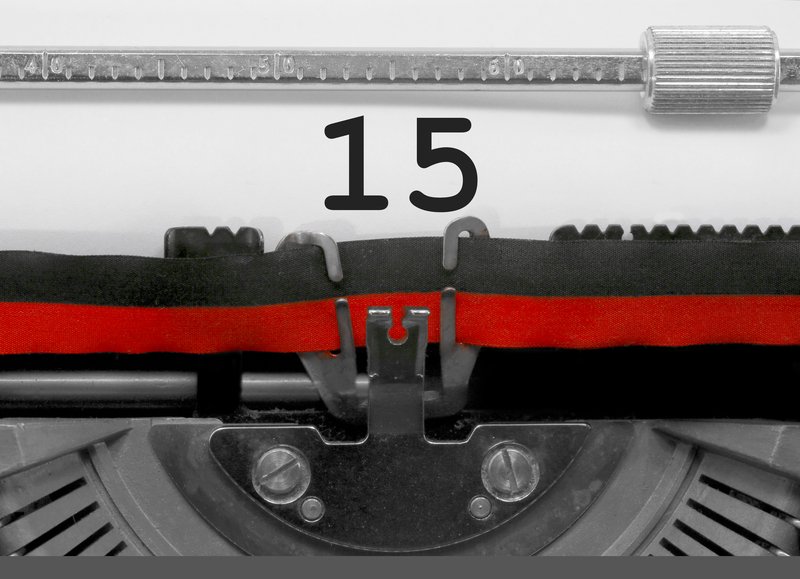If you’re starting to employ people in your business, mastering payroll will become an essential part of your business. Get it wrong, and you risk unhappy employees and potential penalties from HMRC.
There’s a lot more to it than simply paying staff money. So we’ve put together this guide to help you get it right and comply with HMRC’s rules.
What is Payroll?
Payroll refers to a number of different functions but generally refers to the process of calculating an employee’s pay. The process includes:
- Calculating net and gross pay, SSP and National Insurance
- Calculating PAYE
- Making the appropriate deductions from pay, including income tax and National Insurance
- Paying employees and providing them with pay slips
- Submitting information to HMRC
PAYE
PAYE or Pay as Your Earn is HMRC’s system to collect Income Tax and National Insurance from employees. If you employ people, you’ll normally have to operate PAYE as part of your payroll.
You won’t need to apply PAYE if none of your employees are paid £123 a week or more (2024/25). However, you will still have to keep payroll records.
How to get started with payroll
The first thing you need to do as an employer is register with HMRC as an employer. This will allow you to enroll to use HMRC Online Services and give you a login for PAYE Online.
With the Online Services, you can send payroll reports to HMRC, access tax codes for your employees, appeal any penalties, register for email reminders, and get alerts if you report or pay late.
The next thing to do is to choose payroll software to record employees’ details and calculate pay and salary deductions, which you can then easily send to HMRC.
What does HMRC require from businesses?
When you run payroll for your employees, you must do the following on or before the employee’s payday:
- Make a record of their pay
- Calculate any deductions for income tax and National Insurance and pension contributions.
- Create payslips for your employees
- Calculate the employer’s National Insurance contribution, which you’ll have to do if any of your employees earn above £758 per month (£9,100 per year).
- Report all pay and deductions to HMRC in a Full Payment Submission (FPS)
Send payroll reports
Businesses must submit details of anyone they have on payroll, whether they’re subject to income tax or not. You can do this by entering your PAYE Online login details into whatever payroll software you use.
Late reporting
If you’ve paid employees but haven’t sent a FPS or send one late, HMRC will send you a late filing notice.
They may charge a penalty unless you have a good reason for reporting late. The penalties start from £100 a month for companies with 1 to 9 employees and rise to £400 a month for those with 250 or more employees.
Paying what you owe
Employers must also pay part of an employee’s Class 1 National Insurance through their PAYE bill. The amount you pay will be dependent on how much the employee is earning. You can take a look at the employer rates table here.
Paying your staff
Free Tide Business Bank Account - £50 Cashback!

Open a free business current account to qualify + enjoy 12 months free transactions. Read our Tide review.
Once you know what’s expected of you as an employer, the next step is to start paying your staff. It’s important that this is done accurately and in a timely manner.
Minimum wage
The pay you offer employees must be in line with current minimum wage legislation.
The National Living Wage is currently (2024/25) at £11.44 per hour for over-21s. Find the latest rates here.
Calculating gross pay
To calculate gross pay, the payroll department must know the fixed amount, the frequency of payment (week or month), the rate per hour worked, and the amount per achievement if the pay is commission-based.
To calculate an hourly rate, you’ll need a system for recording hours worked, such as a timesheet or clock card. If payments are commission-based, a system must notify payroll of these amounts.
Net salary
In order to calculate net salary you must make deductions from the gross salary which will show what the employee will really be receiving.
The following must be deducted from gross salary, although there may be more depending on the individual cases:
- Income Tax
- Employee National Insurance Contributions
- Student loan deductions (if applicable)
- Pension contributions (unless they have opted out or are ineligible)
Details of all deductions must be clearly stated on the employee’s payslip where applicable.
Payslips
Under the Employment Rights Act 1999 section 8, employees are entitled to a payslip each payday. Companies can choose to put extra information on their payslips.As a minimum, all must include the following:
- Gross pay
- Amount of deductions (tax, NI, pensions, student loan payments)
- Net pay
- Method of payment
Paying wages
The most common method of paying employees is through bank transfer using BACS. Around 90% of salaries are paid with this method.
Other payment methods include Fast Payments Service and CHAPS. You and your employees should agree on whatever method you choose.
Expenses
If you owe your employees expenses, it will depend on whether they are business or personal expenses you will be covering.
Business expenses you need to reimburse are usually not treated as gross pay and are, therefore, not subject to tax and NI. However, if the expense is personal, it will be taxable as gross pay.
Similarly, if you plan to pay an allowance to employees, this must be treated as gross pay and will be taxable.
Benefits in kind
Benefits in kind (BiK) refer to things provided by the employer that aren’t cash, such as company cars. Most BiKs are taxable and may also be subject to National Insurance.
However, the method for deducting tax is different from regular income tax. Instead of using PAYE, a P11D form detailing the relevant benefits must be filled out and submitted every year. This usually alters the employee’s tax code for the following year.
Auto-enrolment Pension
Auto-enrolment pension rules require you to enrol your employees in a company pension scheme, where you contribute, and your employee does too. While people can opt-out, most employees choose to stick with it.
A good payroll system will make auto-enrolment much easier, as it will have all the information you need to set it up, including the employee’s name, address, date of birth, and salary details.
Final thoughts
An accountant can assist you or manage your payroll for you so that it’s in good hands and records are submitted accurately and on time.
If you need additional help submitting payroll records, you can contact HMRC on 0300 200 3200.
You’ll need your employer reference number when you call.
There is also a guide to setting up payroll on the Gov.co.uk website for more information.
This guide was written exclusively for ByteStart by Kara Copple of The Accountancy Partnership.










